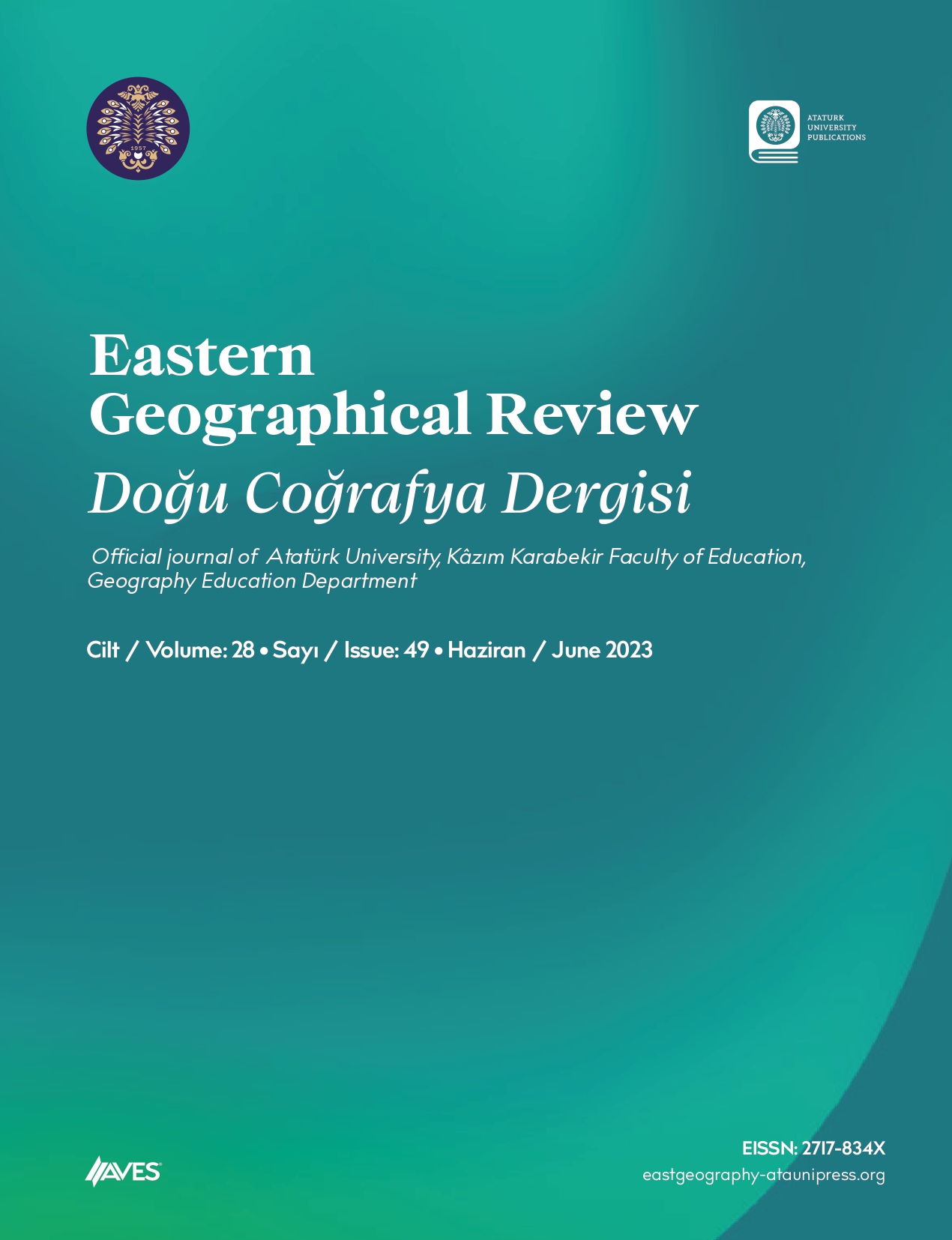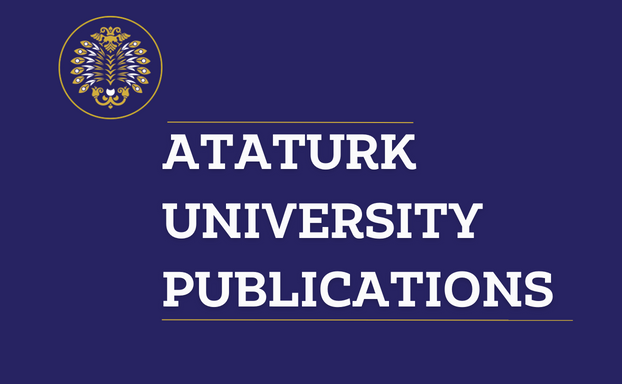Cities reveal a unique character with their natural and human characteristics. This character, which represents cities as having a distinct identity from others, is expressed with certain symbols. The most known among these symbols are the logos used by municipalities operating in cities. In the logos that represent the visual identity of cities, symbols that reflect the human characteristics of the city, such as architectural structures, historical artifacts, and agricultural products are included, as well as physical elements such as mountains, lakes, streams, plains, and vegetation. In this research, the logos of 12 district municipalities within the province of Tokat have been examined in the context of physical and human geographical elements. The level of reflection of the identity and functions of the cities in the district municipality logos has been discussed. The research data were accessed from the official web page of the district municipalities in the province of Tokat. In the analysis of the data, the descriptive analysis processes were followed by the opinions of the experts from the district municipality. As a result of the research, in addition to physical features such as rivers, mountains, plains, and vegetation reflecting the character of the city, human geography elements such as mosques, towers, dams, and agricultural products were also encountered in the municipality logos.
Cite this article as: Siyavuş, A. E., & Belge, R. (2023). Geographical analysis of municipal logos: The case of Tokat. Eastern Geographical Review, 28(49), 28-39.

.png)

.png)



